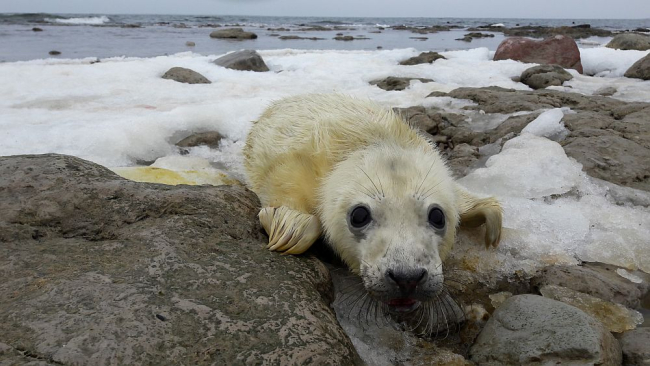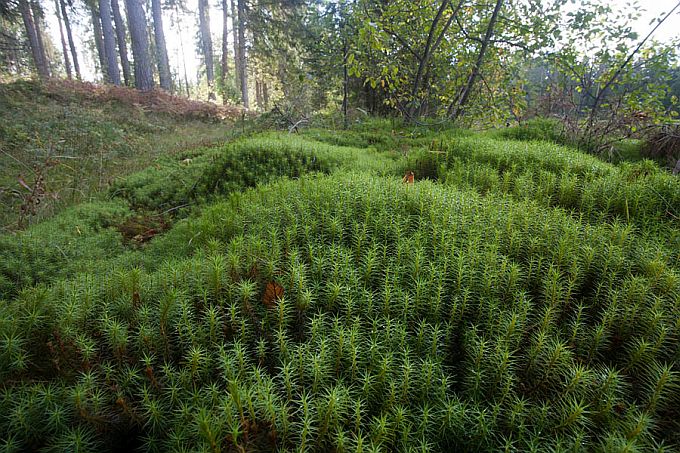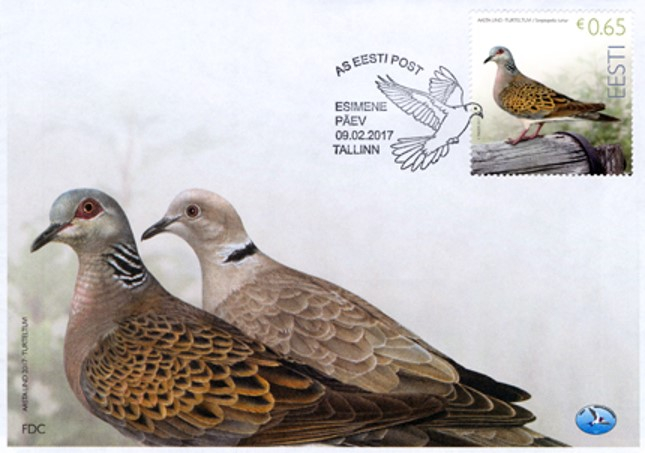Seal camera works
Photo Simmo Kikkas
Translation Liis
Portrait of young world citizen on Friday
Grey seal; Gray seal Hallhüljes Halichoerus grypus
Thanks to Simmo who went by kayak to count the seal pups the web camera was also adjusted and other necessary jobs got done – it is more uncomfortable for white-tailed eagles to sit on the camera now!
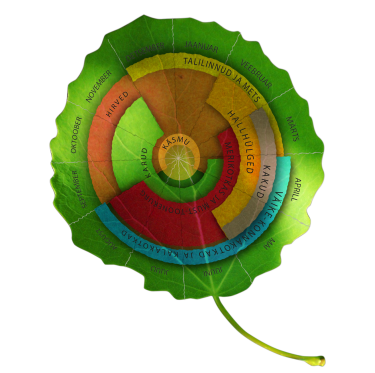 Latest news
Latest news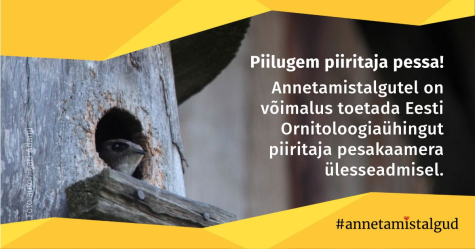
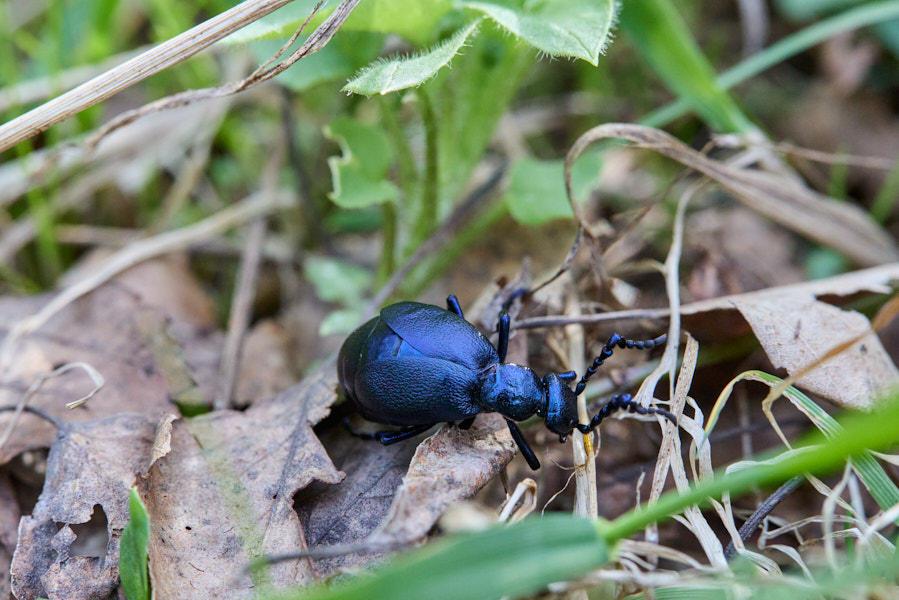 Loodusemees.ee - the day in pictures
Loodusemees.ee - the day in pictures Videos
Videos
 My Forest
My Forest